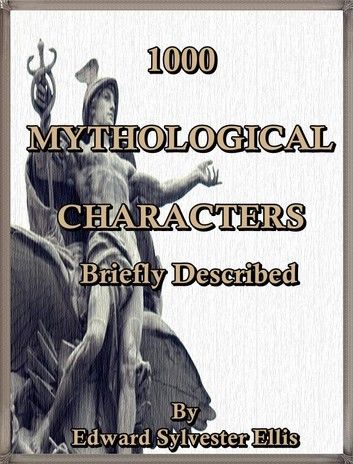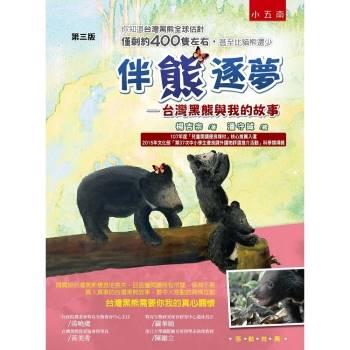| FindBook |
有 1 項符合
1000 Mythological Characters Briefly Described : Adapted to Private Schools, High Schools and Academies的圖書 |
 |
1000 Mythological Characters Briefly Described : Adapted to Private Schools, High Schools and Academies 作者:Edward S. Ellis 出版社:Tower of Sages 出版日期:2014-01-28 語言:英文 |
| 圖書館借閱 |
| 國家圖書館 | 全國圖書書目資訊網 | 國立公共資訊圖書館 | 電子書服務平台 | MetaCat 跨館整合查詢 |
| 臺北市立圖書館 | 新北市立圖書館 | 基隆市公共圖書館 | 桃園市立圖書館 | 新竹縣公共圖書館 |
| 苗栗縣立圖書館 | 臺中市立圖書館 | 彰化縣公共圖書館 | 南投縣文化局 | 雲林縣公共圖書館 |
| 嘉義縣圖書館 | 臺南市立圖書館 | 高雄市立圖書館 | 屏東縣公共圖書館 | 宜蘭縣公共圖書館 |
| 花蓮縣文化局 | 臺東縣文化處 |
|
|
1000 Mythological Characters Briefly Described : Adapted to Private Schools, High Schools and Academies,Mythological,Characters,Adapted,Schools,interpretations
Since the names of the Greek heroes and gods show a general correspondence with the Sanskrit appellations of physical things, it is comparatively easy to understand many of [10]the first fancies and reflections of the earliest men who ever lived. It is the argument of the philologists that these fancies and reflections settled into definite shape in that far-away period when most of the nations, now spread to the remotest corners of the earth, dwelt together and used a common language. Following the gradual scattering of this single, unified people, the language became sensitive to the change, many words not only losing their original meaning, but, in some instances, acquiring an opposite significance. Other words, again, in the course of time were utterly lost. “As long as such personified beings as the Heaven or the Sun are consciously talked of in mythic language, the meaning of their legends is open to no question, and the action ascribed to them will, as a rule, be natural and appropriate.” The time came, however, when these names were considered simply as applying to heroes or deities, and amid the jumble and confusion of the succeeding ages it became well-nigh impossible to trace the myths back to their original source and meaning. Such is a brief outline of the myth interpretations, as made by the philologists.
Anthropology may be defined as the study of man, considered in his entire nature. In explaining mythology, the anthropologists say that “it is man, it is human thought and human language combined, which naturally and necessarily produced the strange conglomerate of ancient fable.” Instead, therefore, of seeking the source of myths in language, the second class find it in the “condition of thought through which all races have passed.”
The argument of the anthropologists is that while all nations have come from one parent-stock, as is claimed also by the philologists, yet the various peoples, in their primitive or savage state, have passed through a like low intellectual condition and growth. The folk-lore of all countries shows that the savages consider themselves of the same nature as beasts, and regard “even plants, inanimate objects, and the most abstract phenomena as persons with human parts and passions.” Every religion antedating Christianity has inculcated the worship of idols, which usually take the form of beasts, and it will be noted in the study of myths that the gods often assume the forms of birds and animals. If it were in our power mentally to become savages for a time, so as to look upon nature and our surroundings as do the Blackfeet Indians, or the Patagonians, or the South Africans, it would be a long step toward making clear this particular phase of the question.
From what has been stated, however, the young student will gain an idea of the meaning of the word “myth,” which may be termed a story whose origin can never be known with certainty. To most people it has the same significance as a fable, legendary tale, or fanciful falsehood. A collection of myths belonging to a particular age or people is “a mythology,” and the branch of inquiry which classifies and interprets them bears the same name.
|








